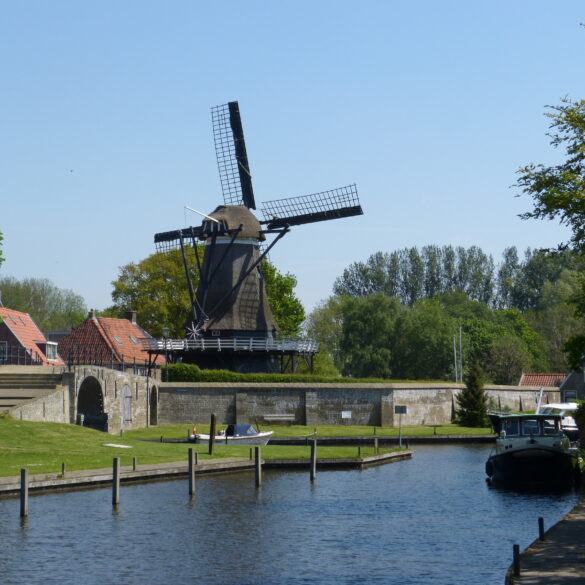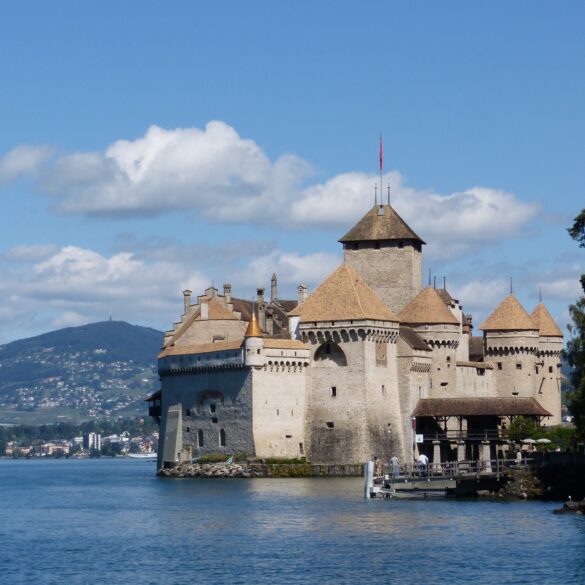This is not your average blog post on Iceland with tips on visiting the Blue Lagoon or the Gullfoss waterfall.
There are plenty of those out there already.
Instead, in this post you will find helpful information based on our actual experiences with driving, eating, drinking and sleeping in Iceland.
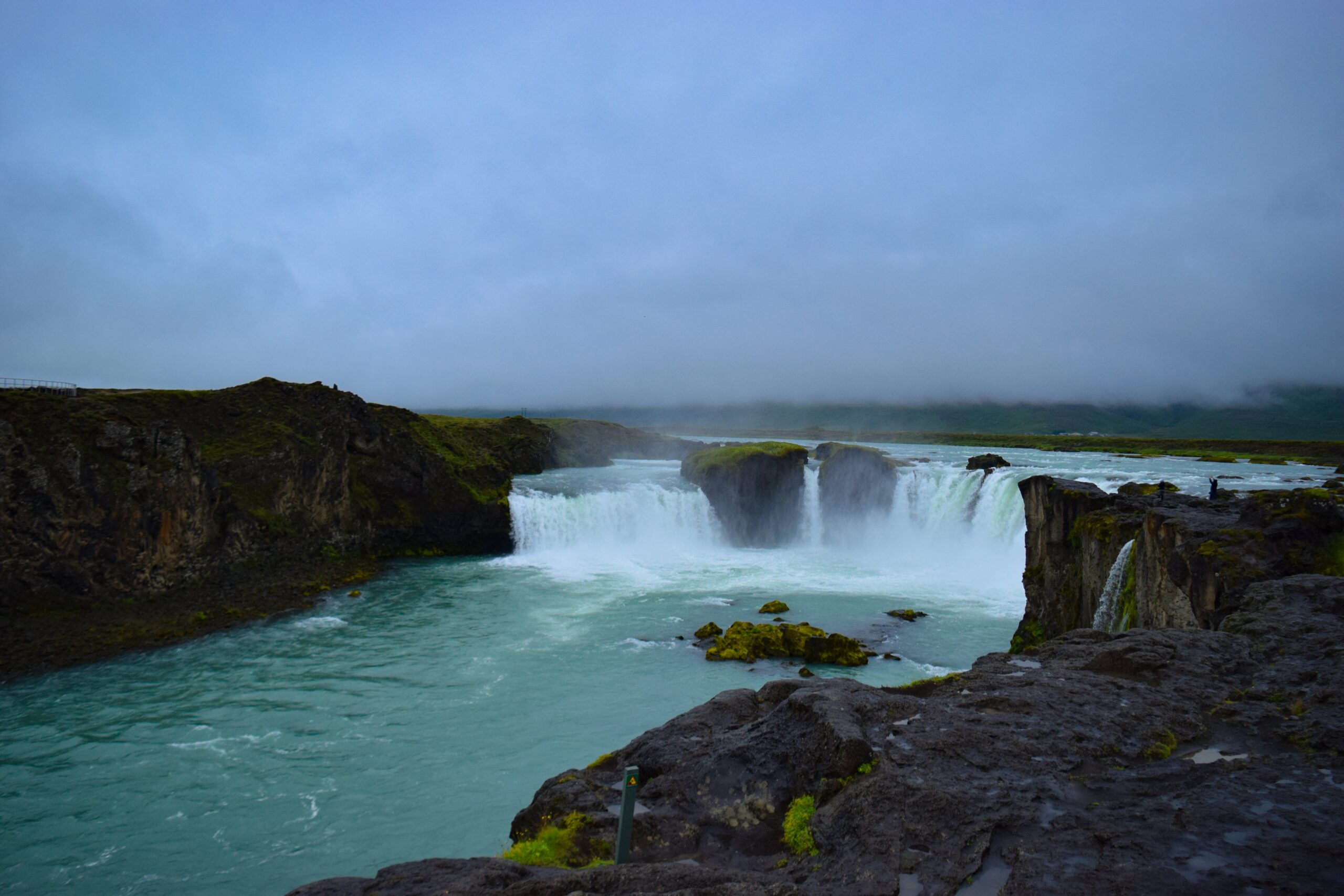
Sleeping
You may have noticed that tourism in Iceland has absolutely exploded in the last few years.
From the year 2010 to 2014, the number of tourists has almost tripled and there are now more than a million visitors per year.
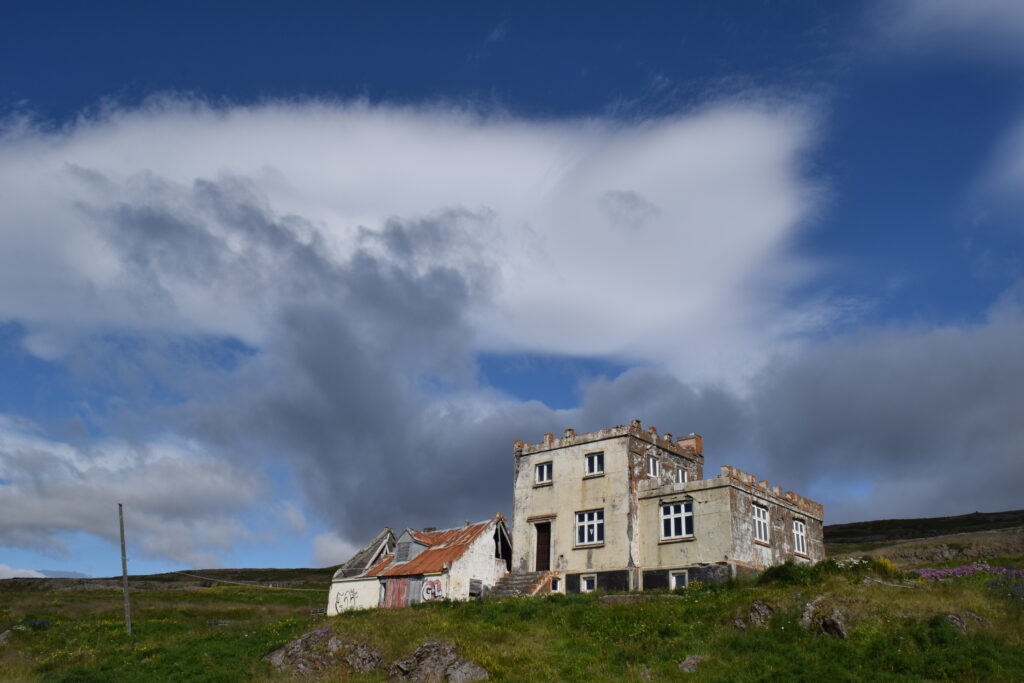
For a country with only 330,000 residents, this is huge.
Because of this rapid influx of visitors, lodging is one area where demand is greater than supply.
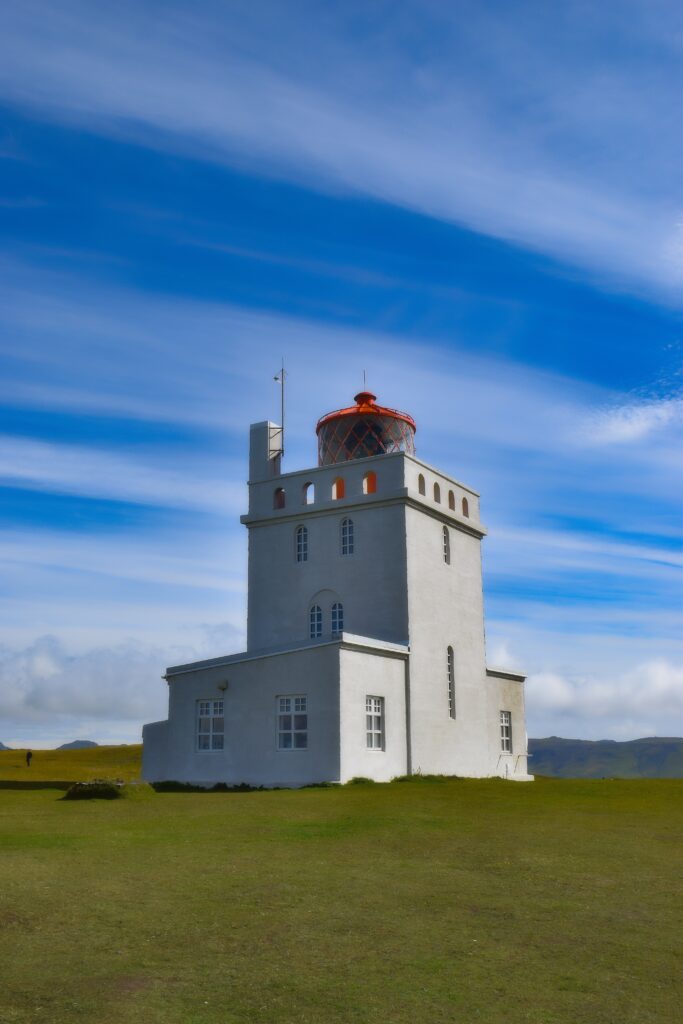
If you are not interested in camping or staying in a hostel, start looking for a place to lay your head as far in advance as possible.
For our trip at the end of July 2016 to celebrate our 19th wedding anniversary, we started looking for places to stay almost 5 months before that.
If I had it to do over again, I would have started planning a year out, particularly for the southern part of the country where most people concentrate their visit.
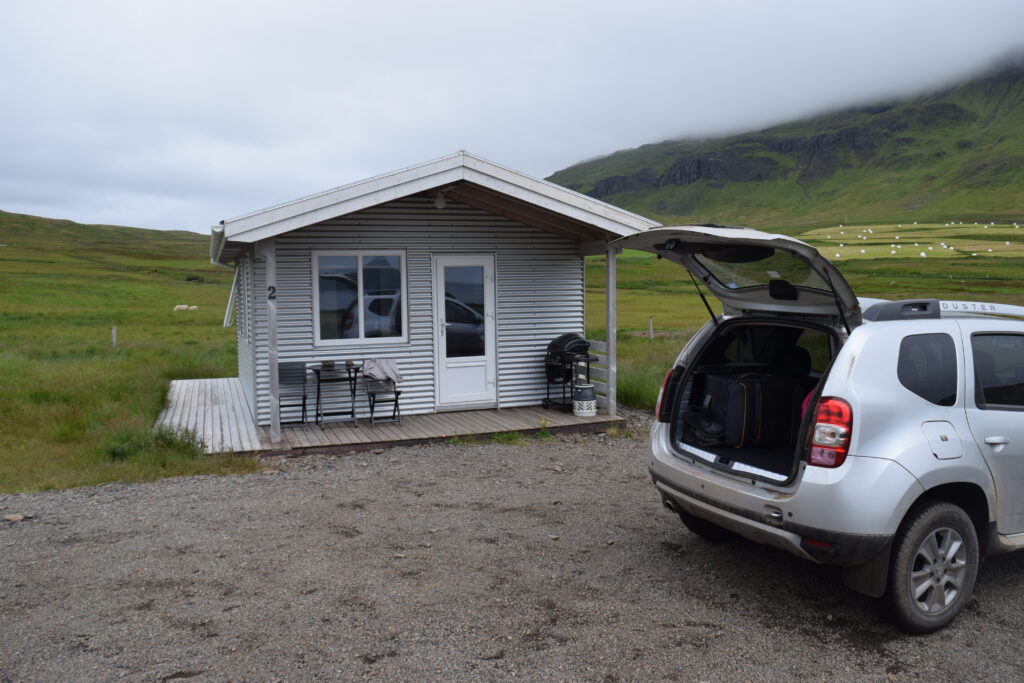
The most important thing is that I would have had time to search for lodging with generous cancellation policies. Be mindful of this when making your reservations as some places require at least a one-month cancellation notice.
At this point in our lives, there are certain things we require for an overnight stay.
One of them is private indoor plumbing, and you might be surprised at how many places in Iceland do not consider this a necessary.
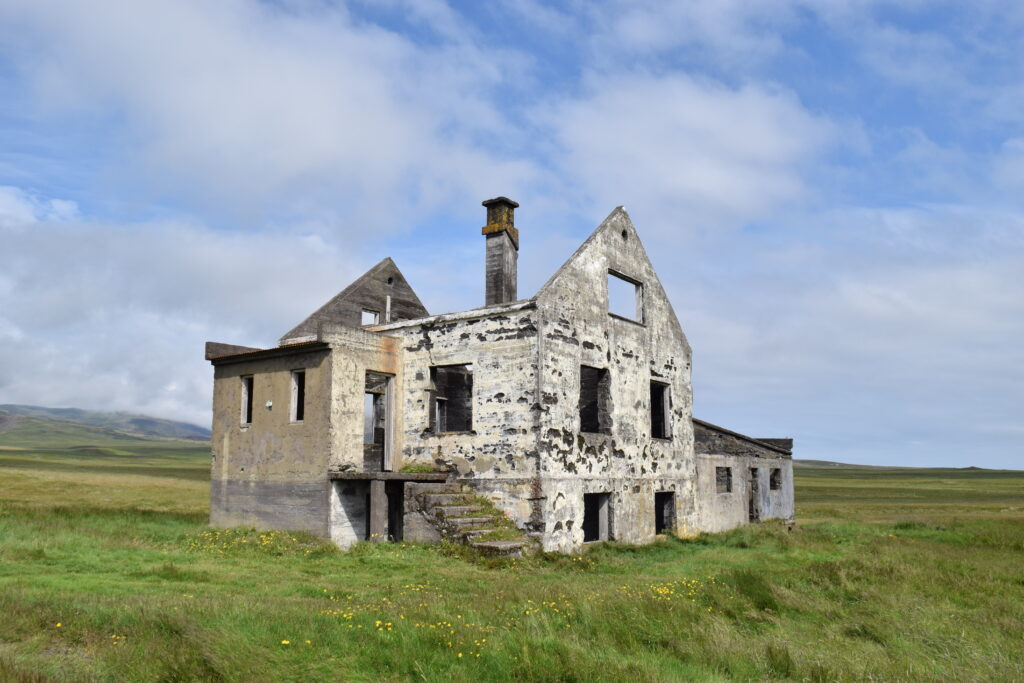
Despite the fact that I lived on ships or in a barracks for almost thirty years while in the U.S. Coast Guard, those days are behind me.
I now prefer to sit on the throne in peace and privacy.
Be aware that many accommodations are in private homes or are small cabins in a farm field with no front desk.
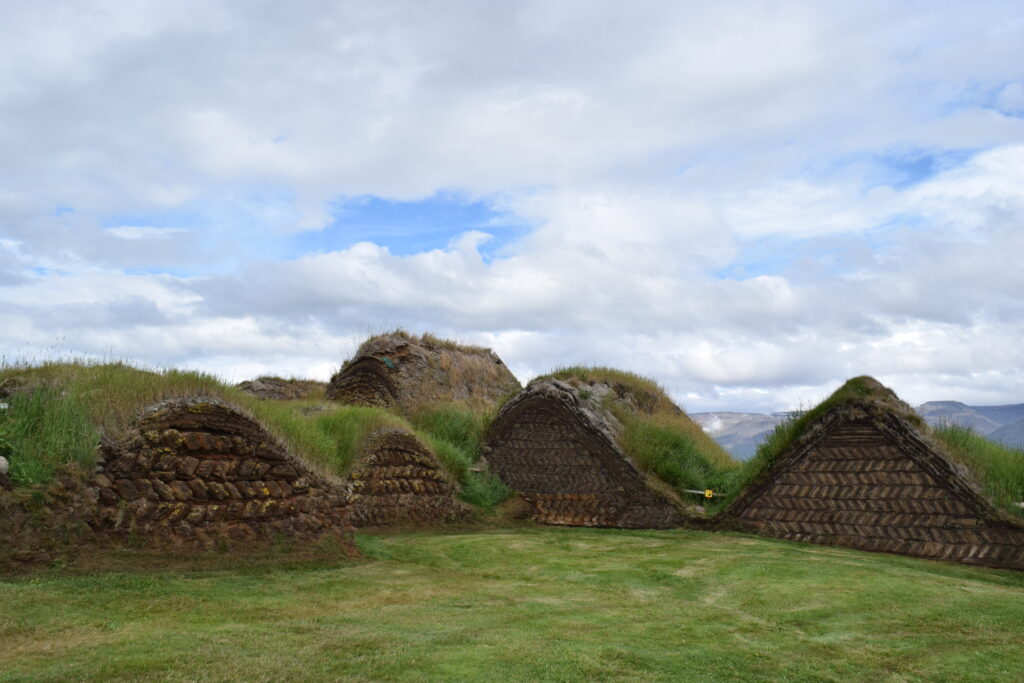
You will likely encounter limited check-in hours; only two out of the seven places we stayed had an option to check in after 10 p.m.
Also be aware that lodging can be quite expensive if booked at the last minute, and high cost does not necessarily equal high quality when you’re booking late in the game.
Rental Vehicles
Renting a car is not necessary if you’re staying in the capital, Reykjavik, and doing day trips on guided tours.
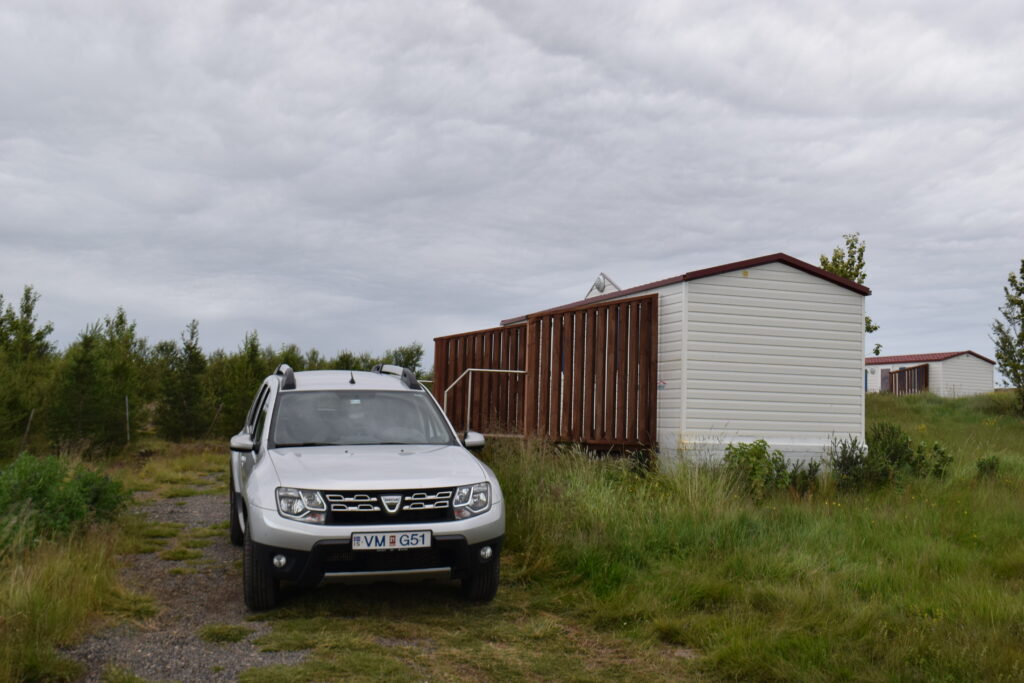
It’s also not necessary if you’re arriving by ferry with your own vehicle, or one you rented in another country. (Side note – did you know you could arrive in Iceland by ferry? We had no idea until we met someone from Germany who was traveling around Iceland on his motorcycle that he had taken on the ferry from Denmark.)
But if you’re not doing either of those things, read on.
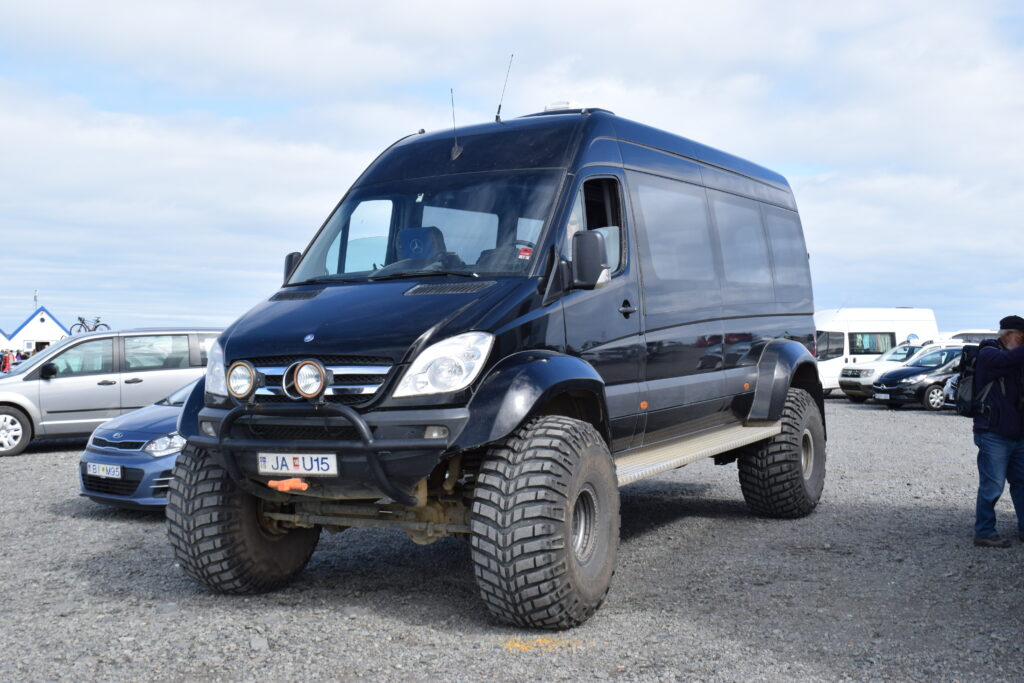
After much research, I decided to rent through Blue Car Rentals, in big part because they were the least expensive by far.
The main consideration, though – and I can’t stress this to you enough – is that you want to be sure that the rental agency you go with has the proper insurance and repair networks.
Trust me, you do not want to be stuck hundreds of kilometers from the nearest town that offers car repair services.
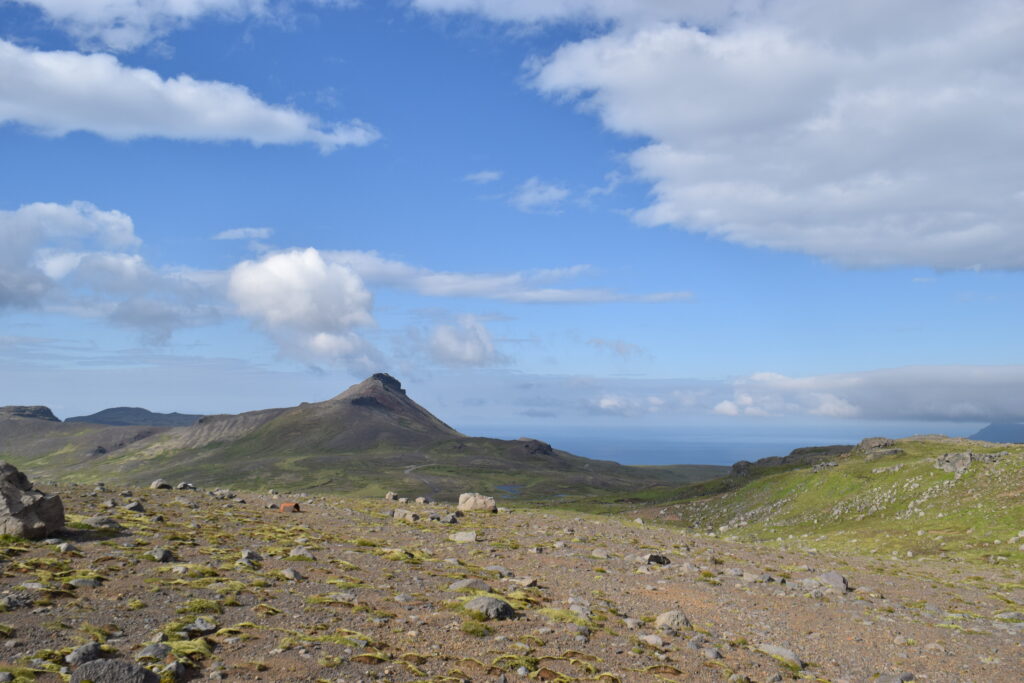
You can also do a Google search to read horror stories about people getting charged for all kinds of minor damages to their rental vehicles.
Do some leg work and be careful when choosing a company.
Blue Car Rentals has offices in both downtown Reykjavik and at the airport (which, by the way, is in Keflavik – about a 45-minute drive from Reykjavik).
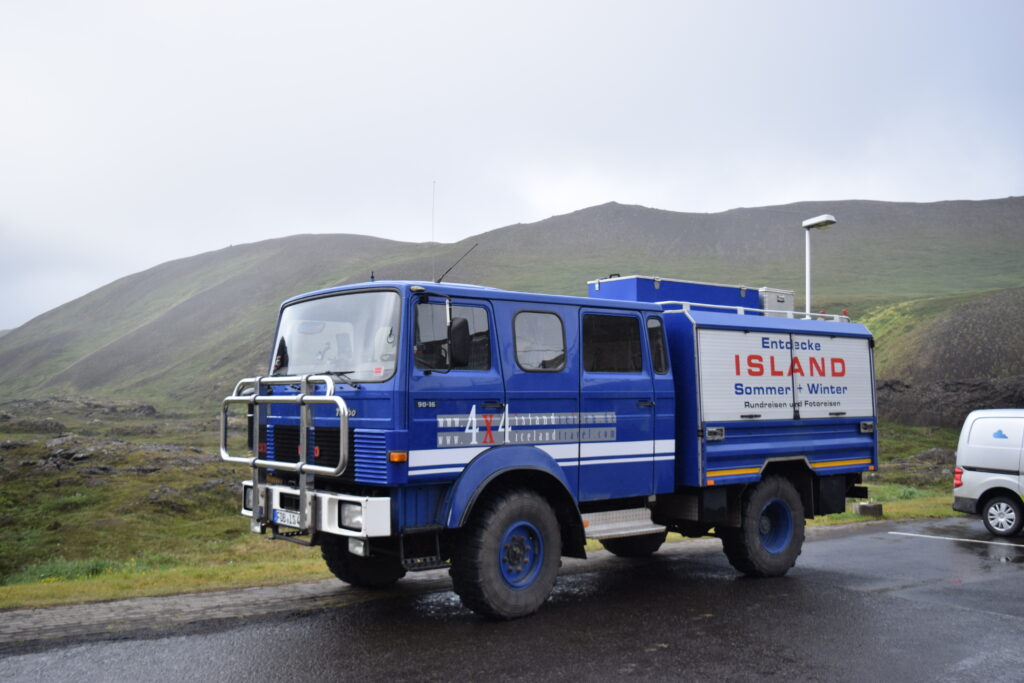
We used the airport office and the employees were very professional and easy to deal with.
As far as the type of vehicle, I used the same logic I used when deciding on a company (i.e. cheap is good) and rented a Kia Rio.
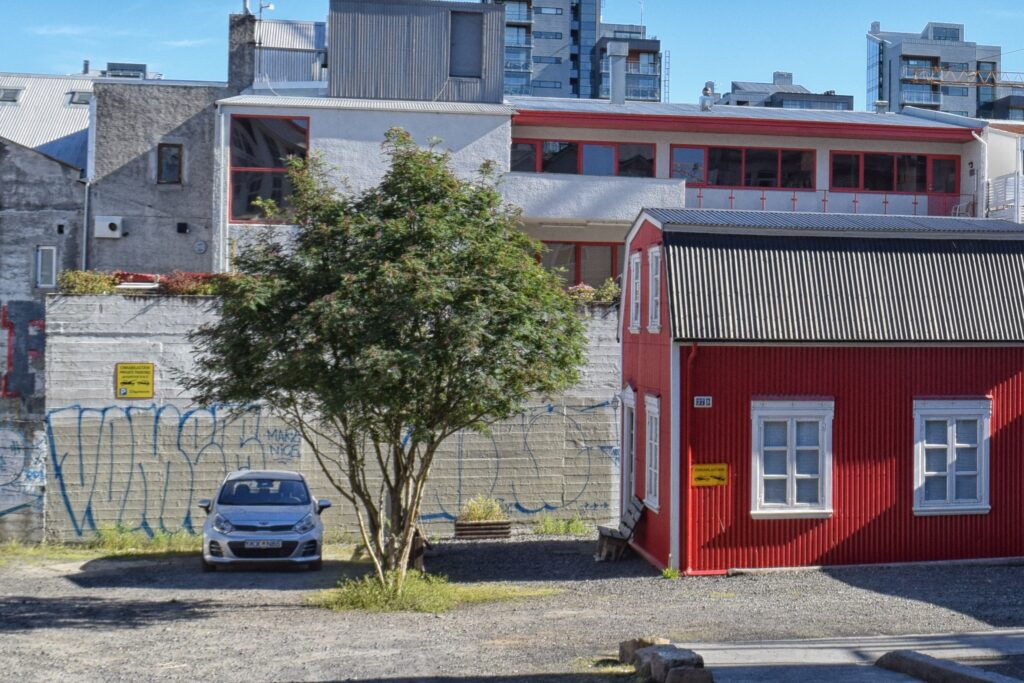
In hindsight, I would have made a different choice.
Iceland is a land full of dirt roads that are classified as either F-roads or highland roads, and you must have an all-wheel drive vehicle to use them.
If you don’t have all-wheel drive, you are restricted to the paved roads.
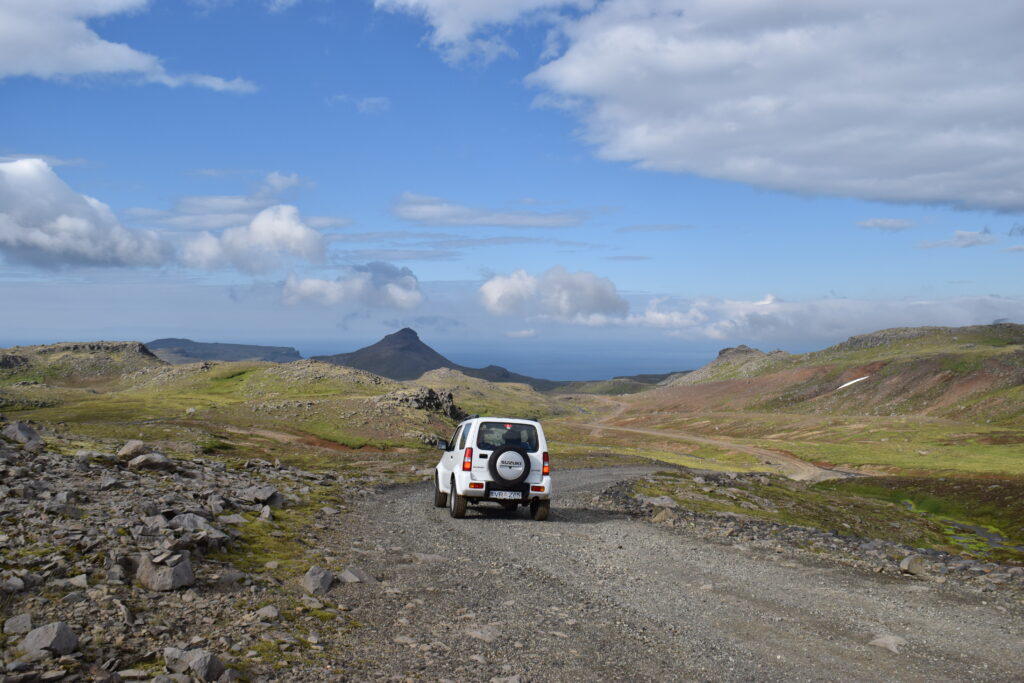
The cheapest all-wheel drive vehicle you can rent is the Suzuki Jimney and it seemed like we saw thousands of them during our trip. They were better known as the Samurai in the United States.
Although it would have cost only another $100 USD to rent the Jimney, the biggest drawback is that there is little room for luggage or extra passengers.
Having the Rio ended up restricting us a bit because some of the sights we wanted to see required driving on F-roads or highland roads to get there.
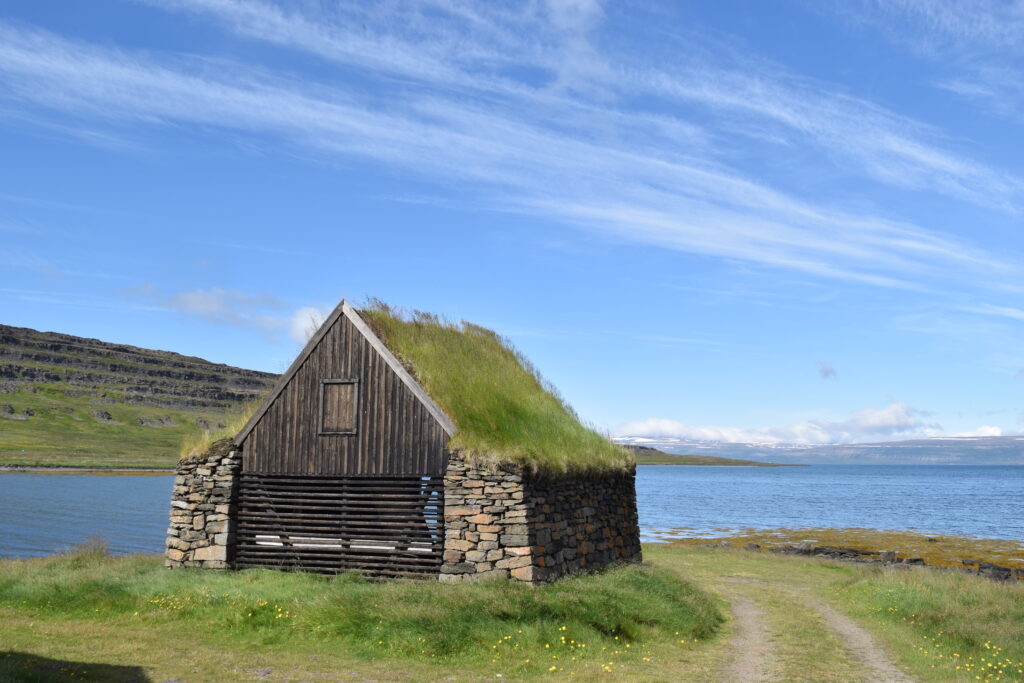
You absolutely do not want to get caught on an F-road or highland road without an all-wheel drive; it’s illegal and you can incur hefty fines. You might also end up damaging the vehicle and end up being responsible for those costs as well.
Insurance
Once you’ve decided on the type of vehicle you want to rent, insurance for the vehicle is the next big hurdle.
I chose to max out the insurance, which included coverage for sand and ash damage to the paint.
Again, you can Google horror stories about people being charged exorbitant amounts for this damage, even after they had returned the vehicle and left the country.

You will also find people saying they neither purchased nor needed that insurance, but for me it just gave me one less thing to worry about.
Like me, you may also find that you have full coverage through your regular insurance company that covers rentals.
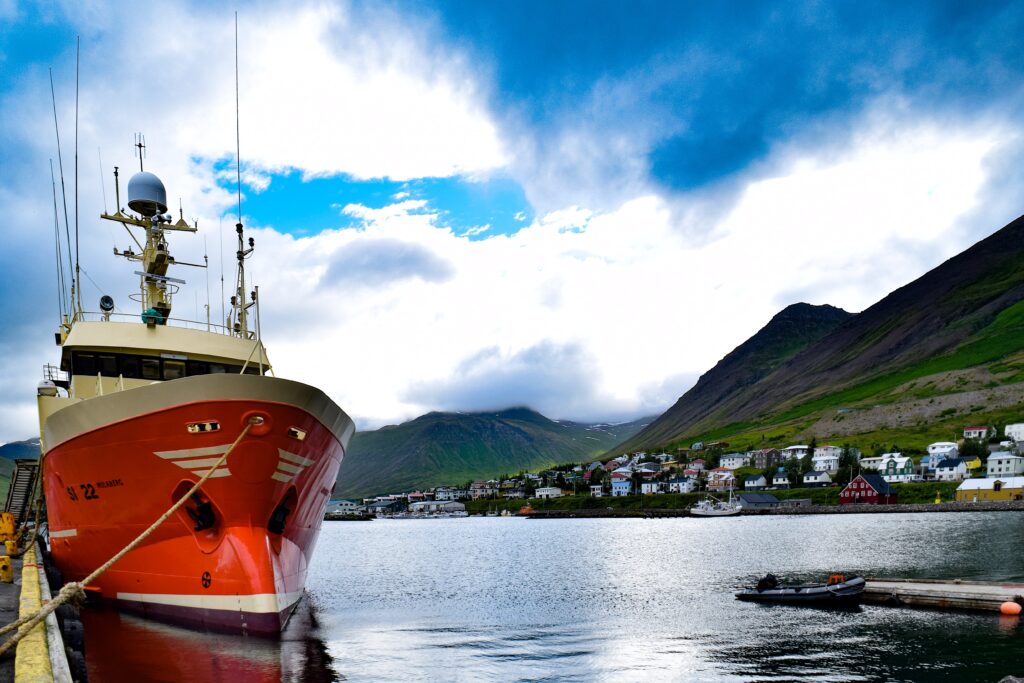
There are literally hundreds of options regarding combinations of vehicles and insurance levels, so choose carefully.
Driving
Now that you’ve gotten the vehicle rental and insurance choices out of the way, it’s time to actually drive in Iceland!
Looking at a road map of the country, you will see that Route 1 is the main highway that circles it.
It winds through mountains and along the bases of glaciers, and it hugs the coast in many places.
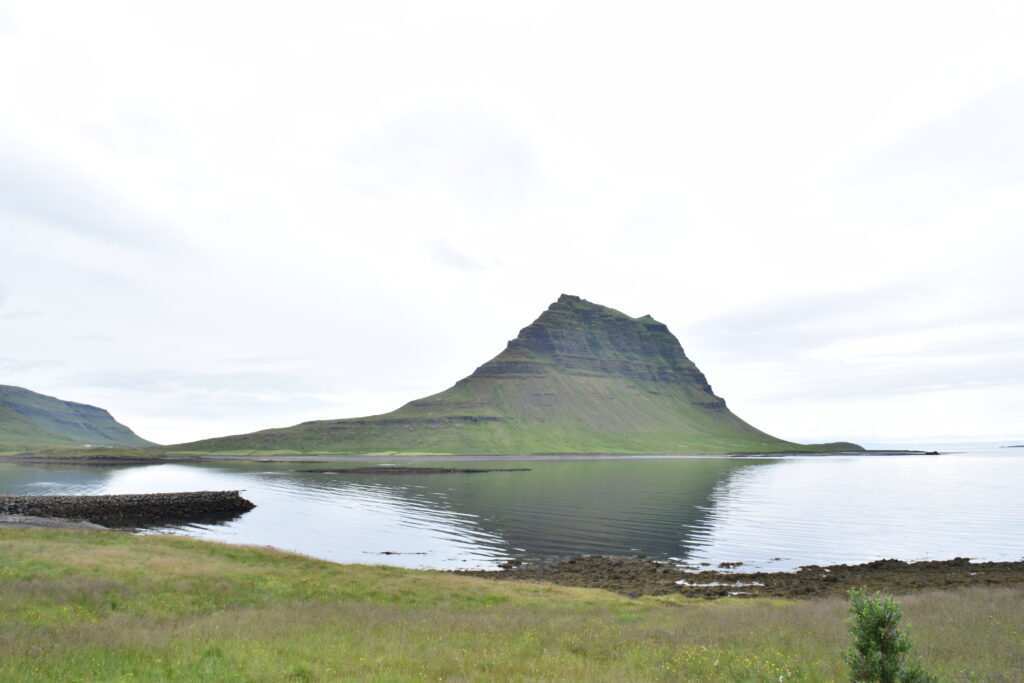
It’s two lanes wide – one in each direction – with a few rare exceptions for passing on mountain roads.
Although most of it is paved, there are still several sections with a gravel surface.
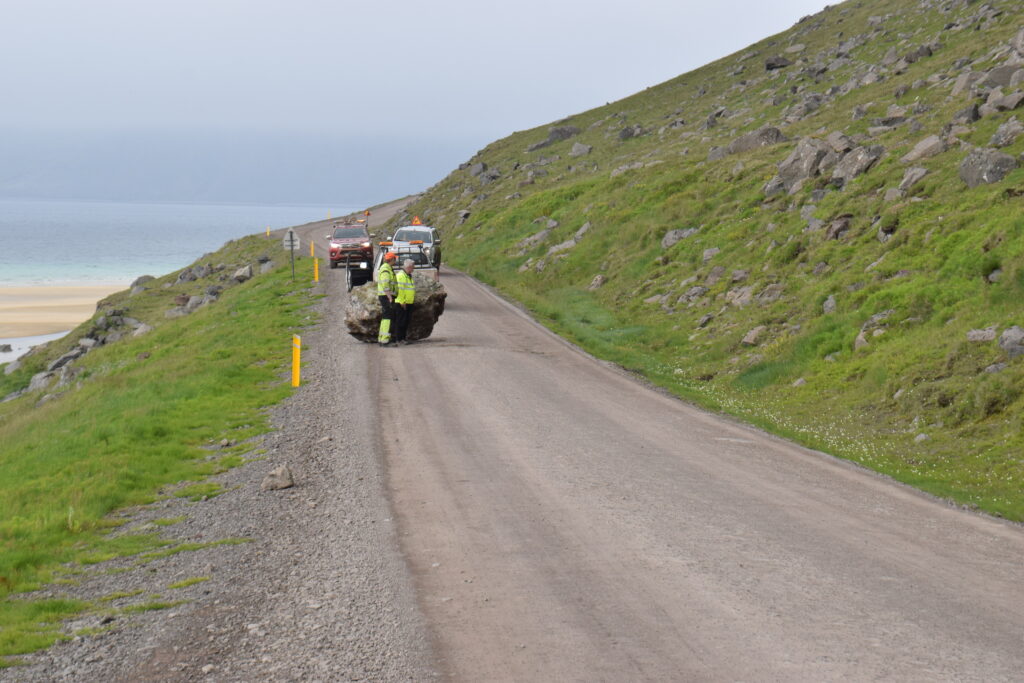
During our eight-day trip, we drove around the entire country in a clockwise direction from the Reykjavik airport.
Having survived that, I would not recommend attempting it unless you have at least two weeks to explore.
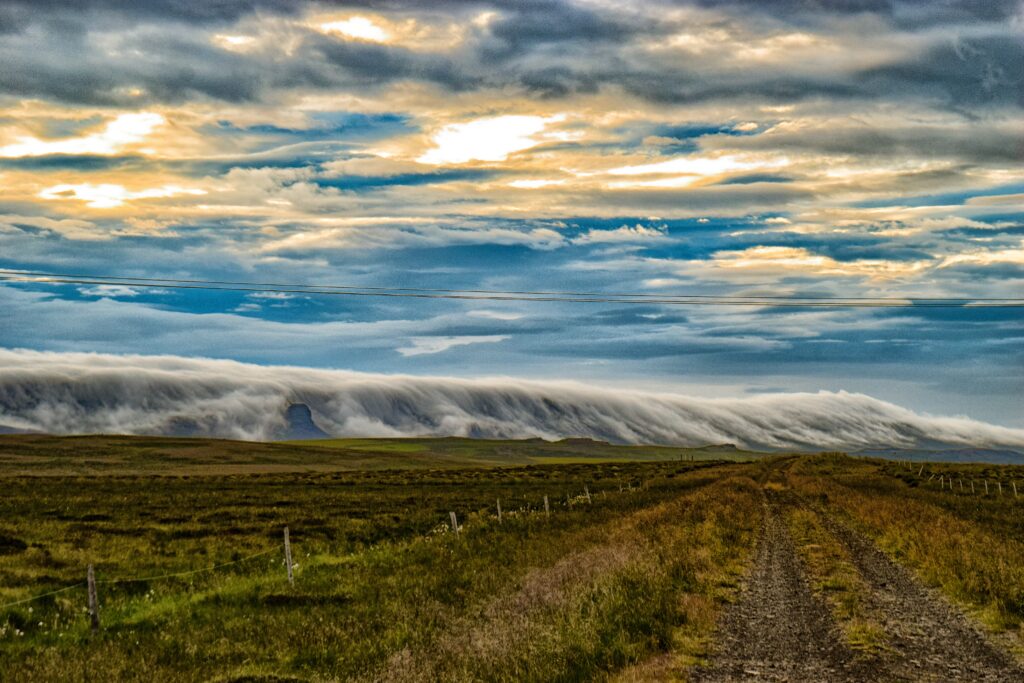
You may have already come across something comparing the size of Iceland to the size of Kentucky.
And after reading that you may think “Well, that’s not too bad – I can do that in a week.”
You really can’t.

We ended up spending several 15-hour days getting from one destination to the next and by the end of the week we were pretty tired.
The scenery in Iceland is so breathtaking and ever-changing that you are going to want to stop and explore frequently.
You might run across a sign for a waterfall and decide to stop and see it, only to discover that you have to hike a kilometer there and a kilometer back to do so.
You will also want to stop and photograph absolutely everything.
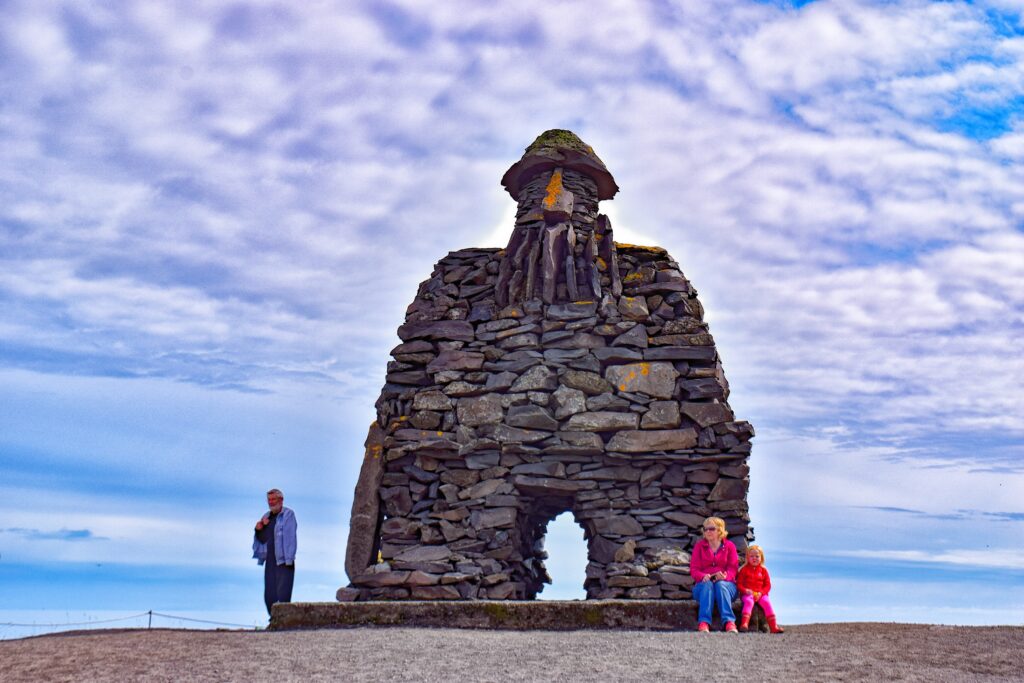
Things like that eat up time and make for very long days.
Anyway, except for the southeast coast, traffic was very light and that was at the end of July during the height of tourist season.
It was not unusual for us to drive for an hour or more without seeing another car.
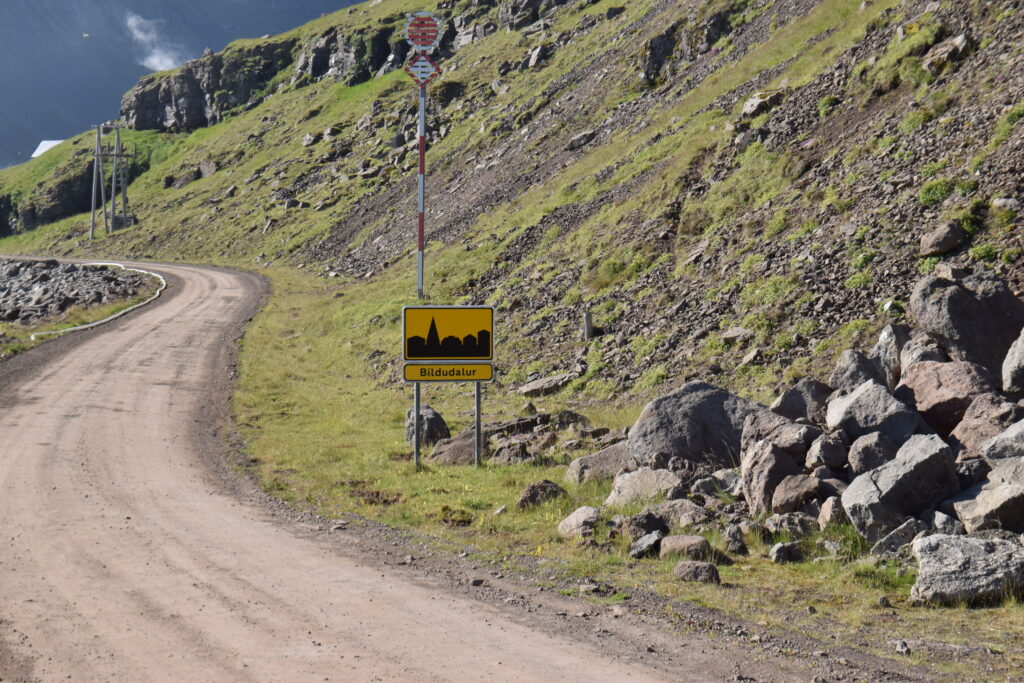
When we got to the southeast, that all changed.
That part of Iceland is where the most popular tourist destinations are located, and this was clearly evident by the amount of traffic there.
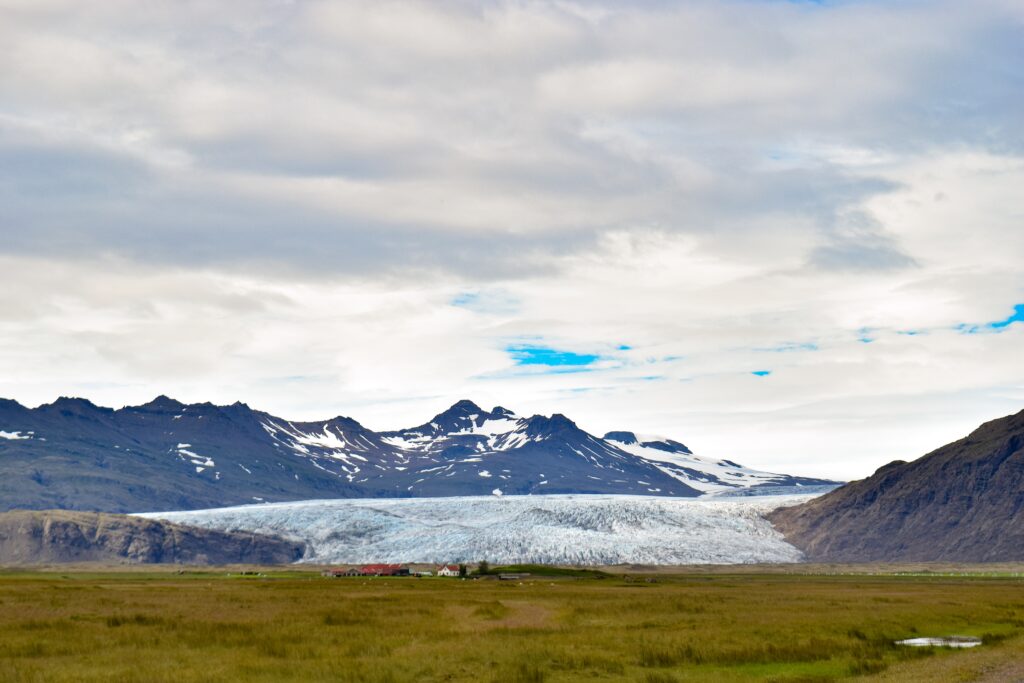
Luckily for us, most of the traffic heads in a counter-clockwise direction, the opposite of the direction we drove. I was thankful I had randomly made that choice as we ended up bypassing some pretty ugly congestion, and highly recommend going clockwise.
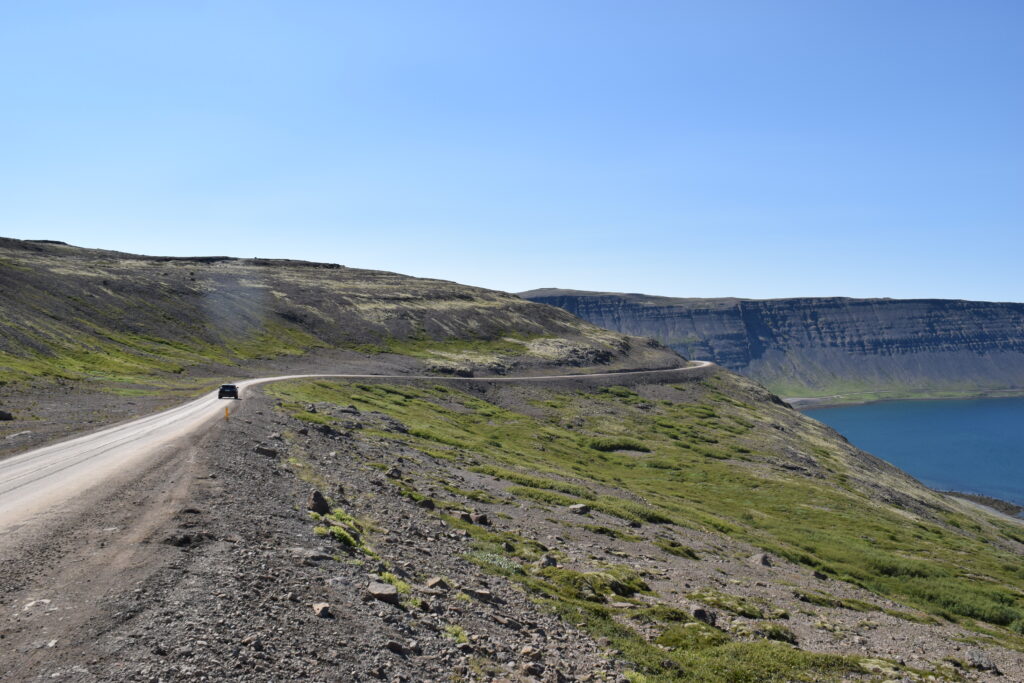
While route 1 is the main highway, be aware that it has lots of one-lane bridges, some with blind approaches. Drivers tend to barrel across them without a care in the world, however, so employ your defensive driving skills at all times in Iceland.
Also, watch out for the one-lane/two-direction tunnels
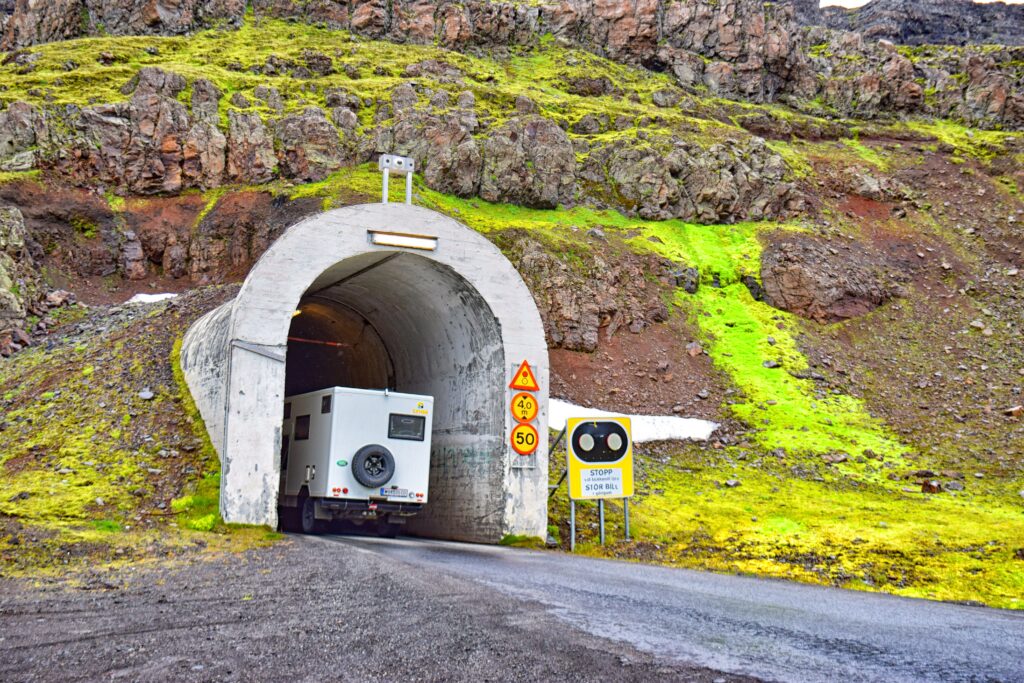
I know what you’re thinking.
“One-lane/two-direction tunnels? Silly Mr. Tipples – there’s no such thing!”
I was under that mistaken impression as well until I drove in Iceland.
They caused me more anxiety than anything else on the drive.
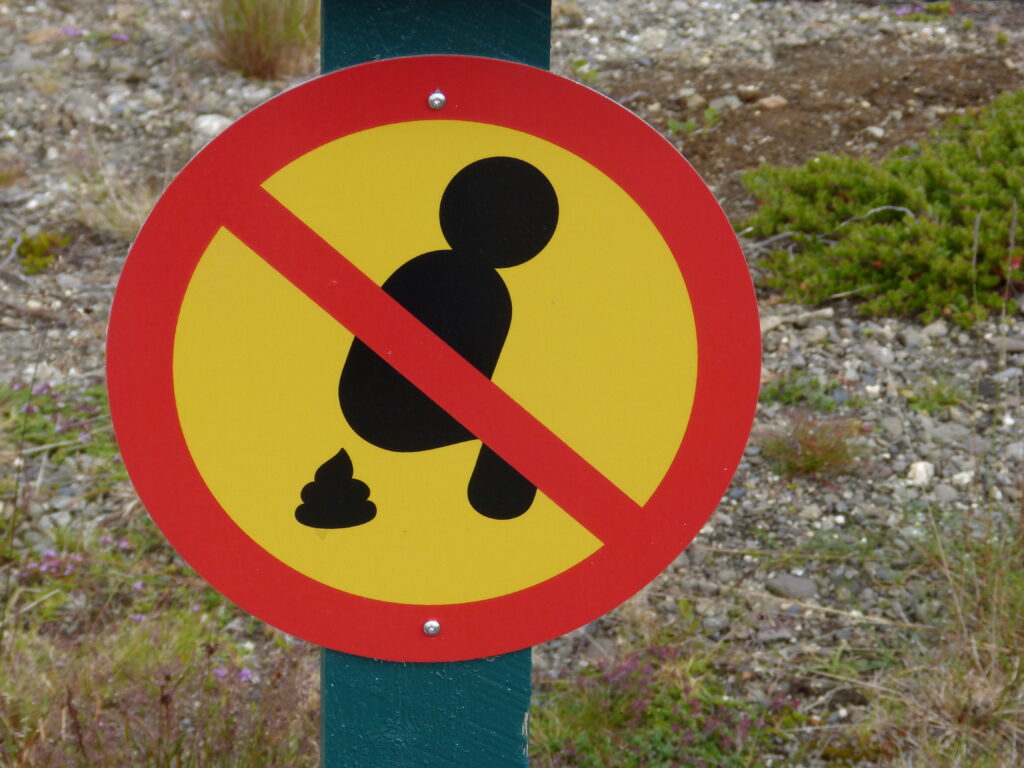
The good news is that there are ample warning signs as you’re approaching them, and also a sign that shows which direction has priority.
At the first one we encountered, I had priority.
Unfortunately the car coming towards wasn’t really concerned about that, and it was clear he wasn’t going to budge.
I ended up having to back out of the tunnel to let him through.
Did I mention that there was also a car behind me?
There are pullovers inside the tunnel at regular intervals for passing, but they are not that big and large trucks use these roads.
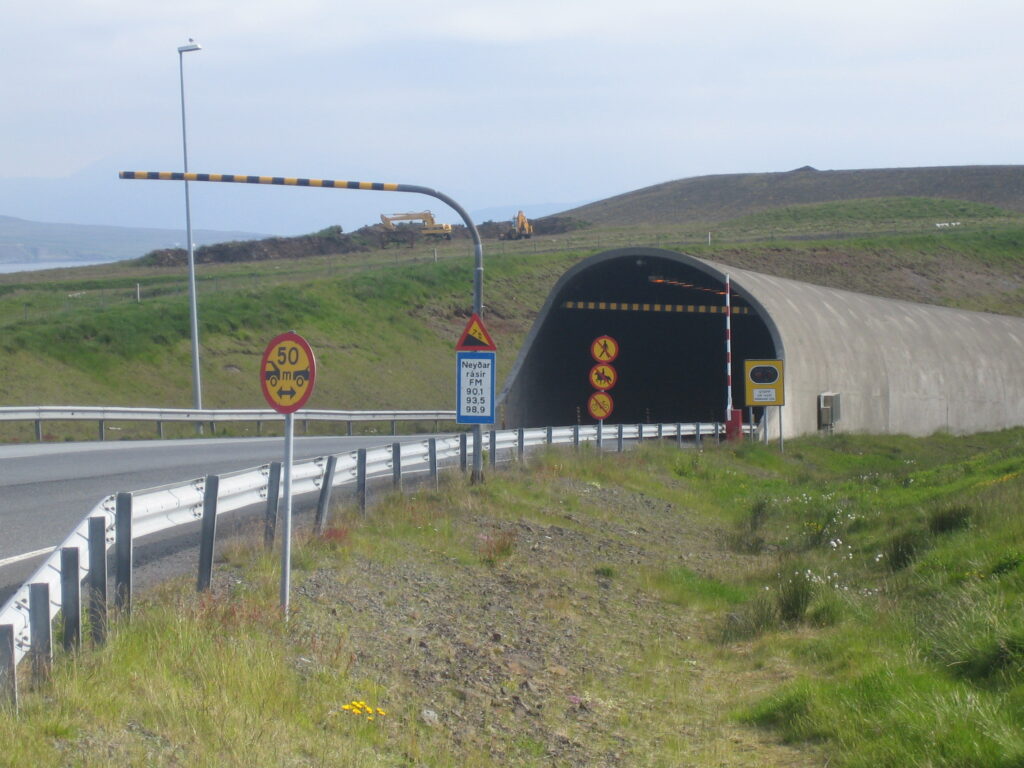
Thankfully the seven-kilometer tunnel that we went through had two lanes.
It’s called the Hvalfjörður Tunnel and is the only tunnel in the country where you have to pay a toll.
One last note on the roads.
Very few places have guardrails.
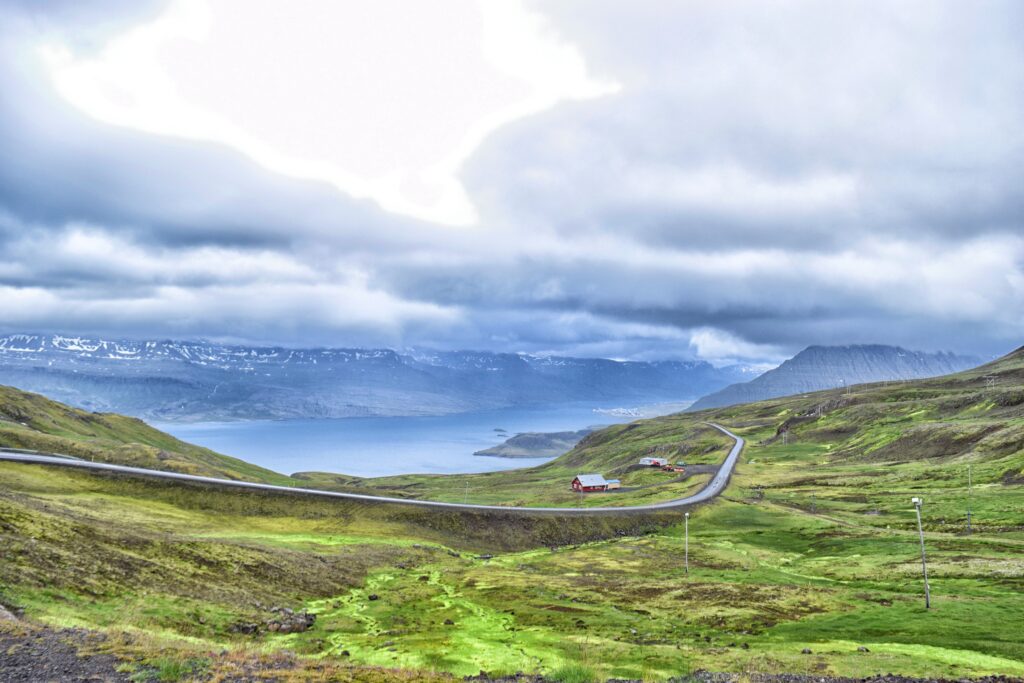
If you are afraid of heights, get ready to test your nerves
As if the steep, switch-backed roads aren’t bad enough, they are worse when you’re looking at a drop of several hundred feet with no safety net.
A lot of the main roads are raised ten or more feet above ground with no guardrails or pullovers.
Driving here really was fun, believe it or not, but stressful at times.
Navigating
We use a Garmin GPS in Germany and that’s what we took to Iceland as the maps for that country were already included.
Both Mrs. Tipples and I have international plans on our mobile phones so we were able to use Google maps on the phones as a backup.
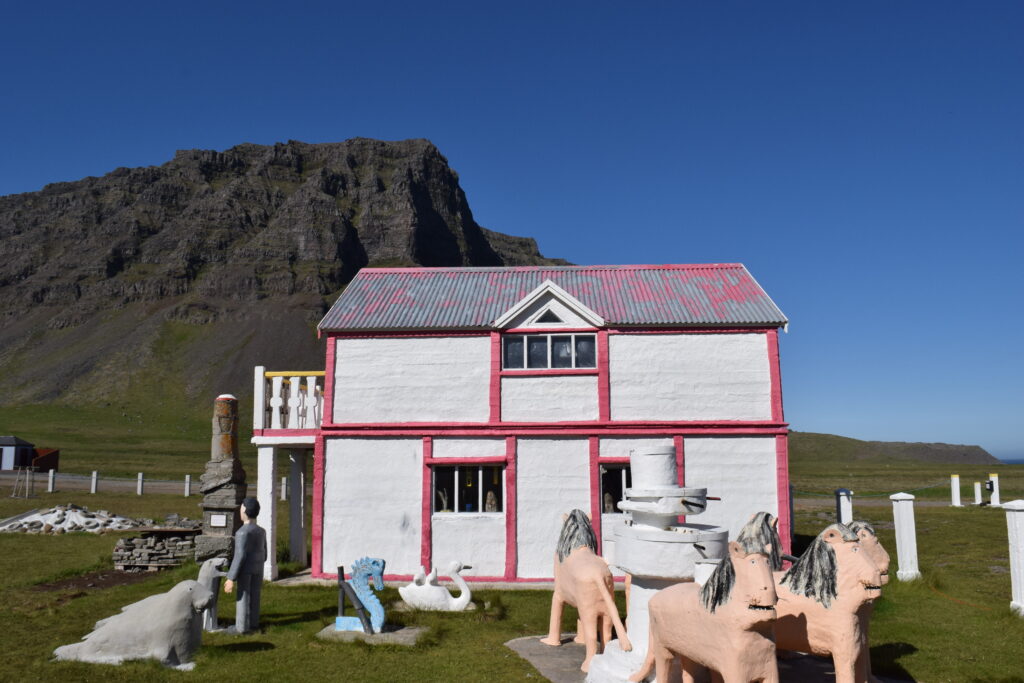
Surprisingly, most places in Iceland had great cell phone coverage – often better than metropolitan areas in continental Europe.
Despite that, my advice is to buy an old-fashioned, hard-copy road atlas in advance and get the best one you can afford.
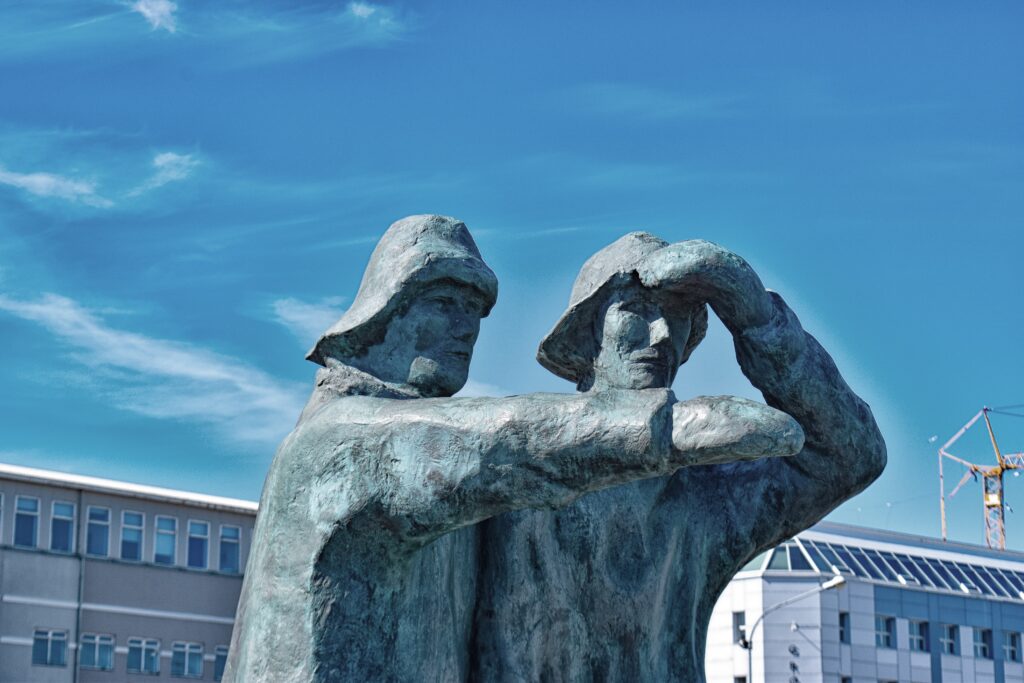
Remember the F-roads that I talked about?
There are hundreds, if not thousands, of them that serve as secondary roads to the main route 1.
Although they are usually clearly marked, sometimes they aren’t.
As I mentioned earlier, you can be stuck with hefty fines and penalties for driving illegally on an F-road.
That’s where the atlas comes in handy.
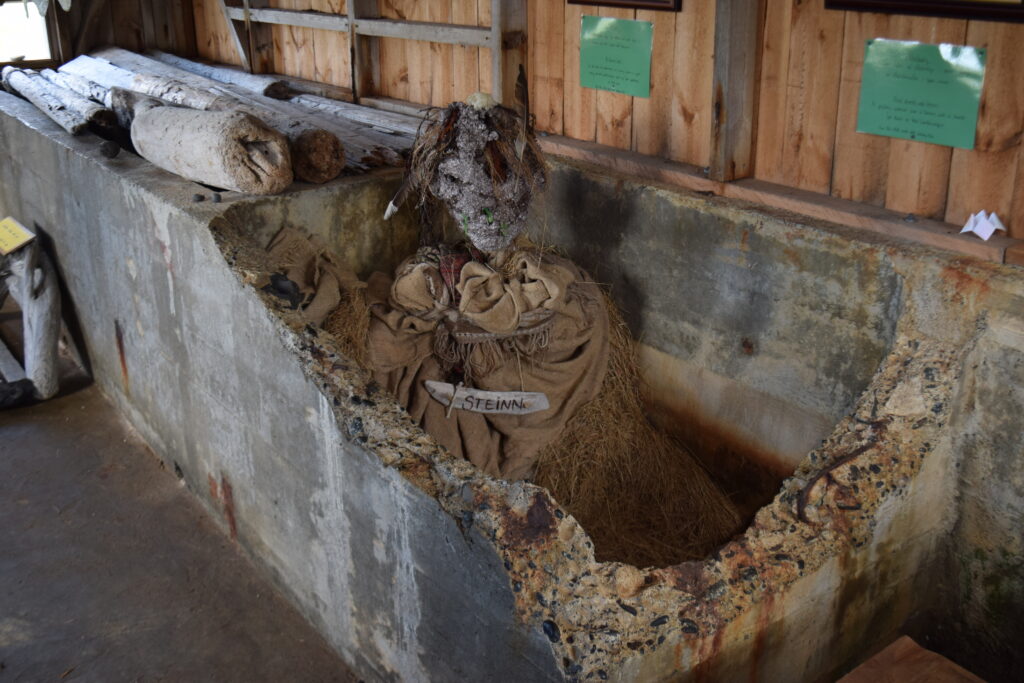
Iceland is a very expensive country, and like everything else an atlas will be costly to buy locally.
This is why I advise buying one in advance.
In addition to saving money, you will be able to plan a route beforehand. Better to have a plan to deviate from than no plan at all.
Use your GPS, atlas and most importantly, common sense regarding the vehicle you have.
I had to turn our mighty Kia Rio around several times, even on regular gravel roads, because they were often so rough as to be impassable.
A Note about “Towns”
I noticed when making reservations that if a town was named, there was rarely a street address. Most of the lodging I booked had GPS coordinates listed instead, which I thought was odd.
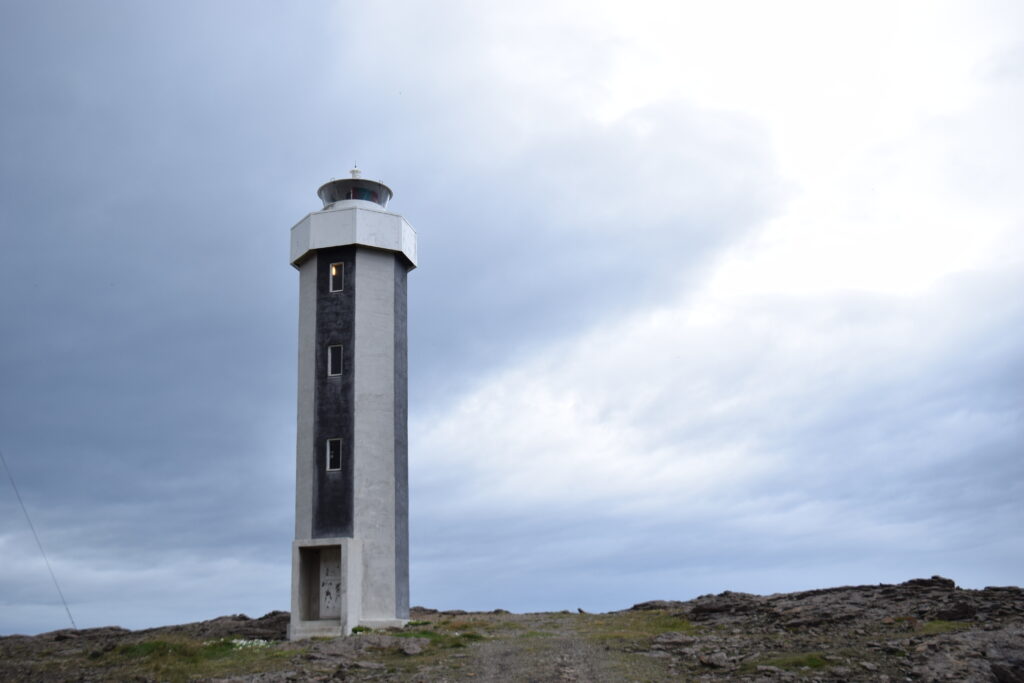
I soon learned the reason for this.
The towns were not really towns, but rather “settlements” – a.k.a. farms.
Every farm in Iceland, even if it’s abandoned, has a name or so it seems. To the uninitiated looking at a map, though, they appear to be actual villages.
One of the “towns” we stayed in turned out to be a horse farm with an apartment in the basement of the main house.
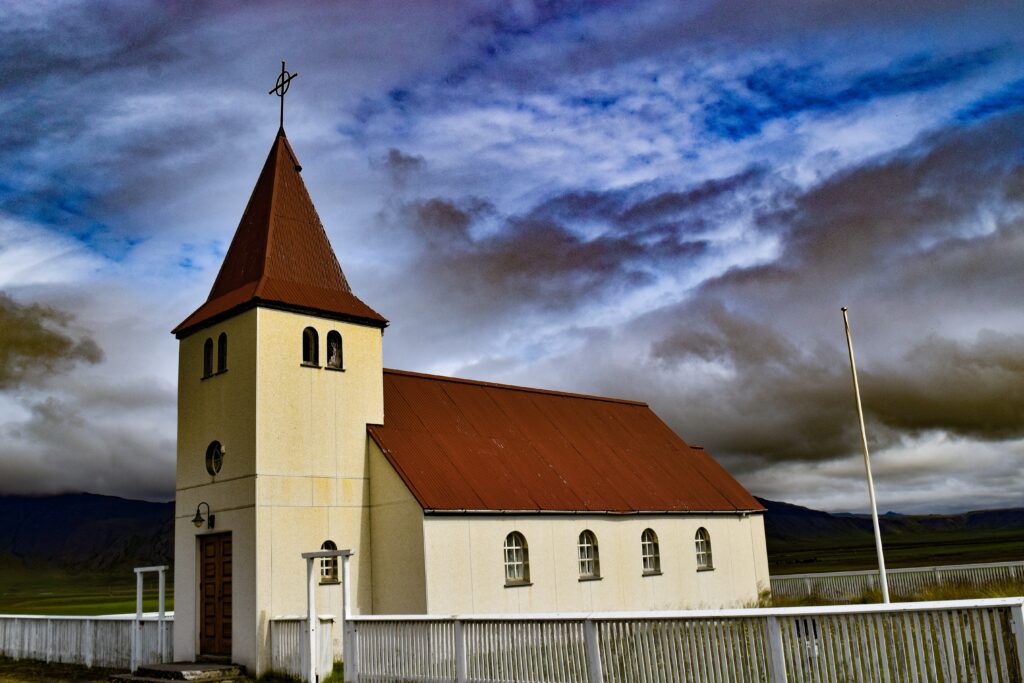
This might seem like a minor bit of information, but had I known this in advance I wouldn’t have driven past our lodging the first few nights thinking “This can’t be it.”
Once again, the atlas will come in handy here, as will knowing how to put GPS coordinates into your navigation device or phone.
Eating and Drinking
Our blog does not have the word “tipples” in its name for nothing, so I’ll talk about drinking in Iceland before I get to the eating part.
As I mentioned earlier, Iceland is expensive.
Like, super expensive.
And alcohol in Iceland is super, super, outrageously expensive.
In most countries, you wouldn’t dream of buying liquor at the airport’s duty-free shop upon arrival because you can get it cheaper elsewhere.
In Iceland, the exact opposite is true.
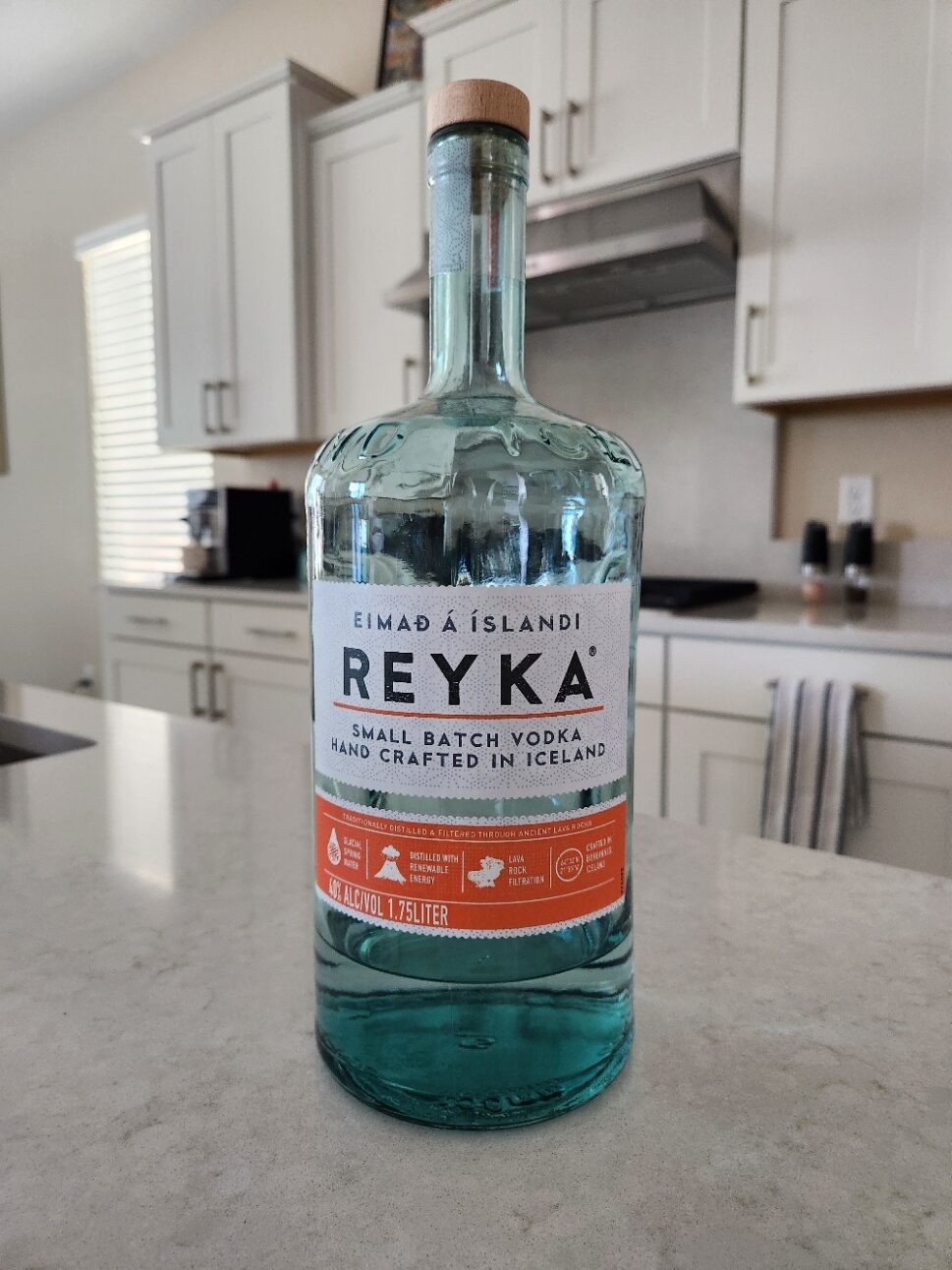
Buy your liquor at the airport.
This advice goes against all logic for seasoned travelers, but it is the best piece of drinking advice I can give you.
We bought a bottle of vodka and a bottle of Bailey’s Irish Cream at the airport thinking it would be enough for the week.
It wasn’t.
We ended up having to go to a Vínbúðin, one of the state-run liquor stores, to buy more.

Aside from the duty-free shop and restaurants/bars, the Vínbúðin stores are the only places in Iceland where you can buy liquor. Outside of large towns, these stores are few and far between and do not have convenient hours.
We ended up paying almost twice as much at the Vínbúðin than we did at the airport.
What does that mean in real money?
At the airport we paid about $45 USD for the two bottles; at the Vínbúðin we paid just under $90 USD for the same two bottles.
Be warned that beer and wine is also expensive.

Speaking of vodka, Iceland has some excellent brands that you should try.
We bought Reyka on the recommendation of the clerk at the duty-free shop and it was fabulous.
Fans of the Game of Thrones television show will be familiar with the character of Gregor “The Mountain” Clegane.
The actor who plays that character, HafÞór Júliús Björnsson, is part owner of a brand of vodka called, unsurprisingly, The Mountain. That brand is recommended as well.
Now for eating in Iceland.
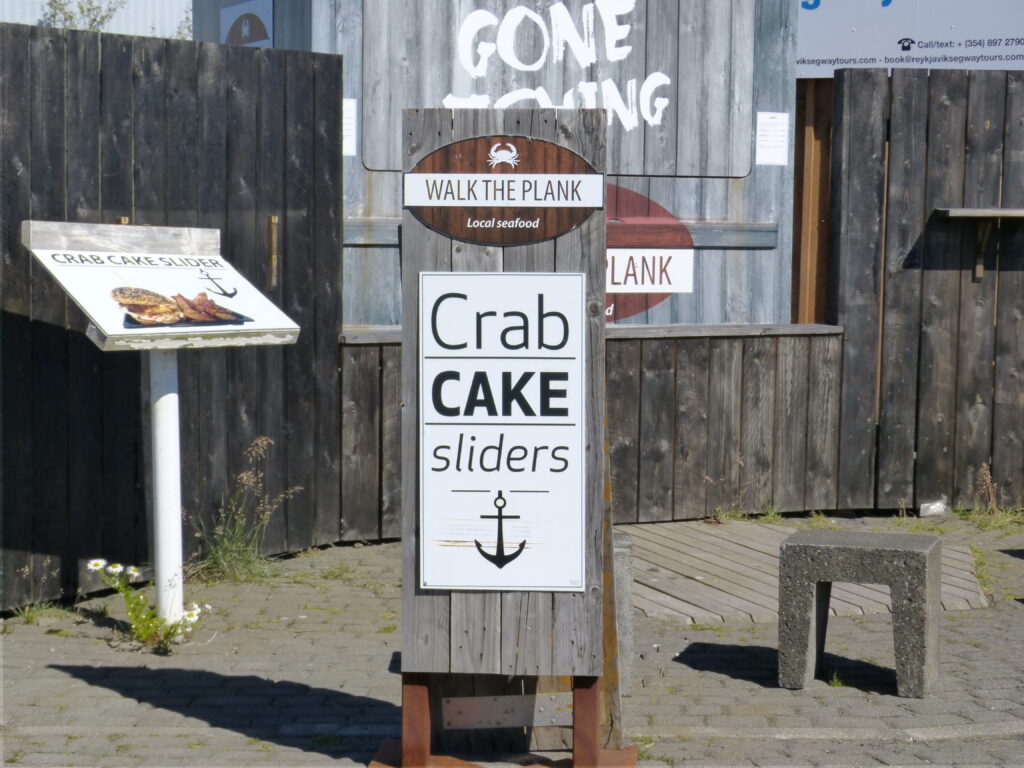
Seafood such as lobster is always a good choice
It’s expensive.
There are grocery stores near the Reykjavik airport and you could stock up there to save some money, but part of the fun of traveling is to experience food in local restaurants.
Diverse menus are actually pretty common in larger towns, and most of the food we had in restaurants was surprisingly good.
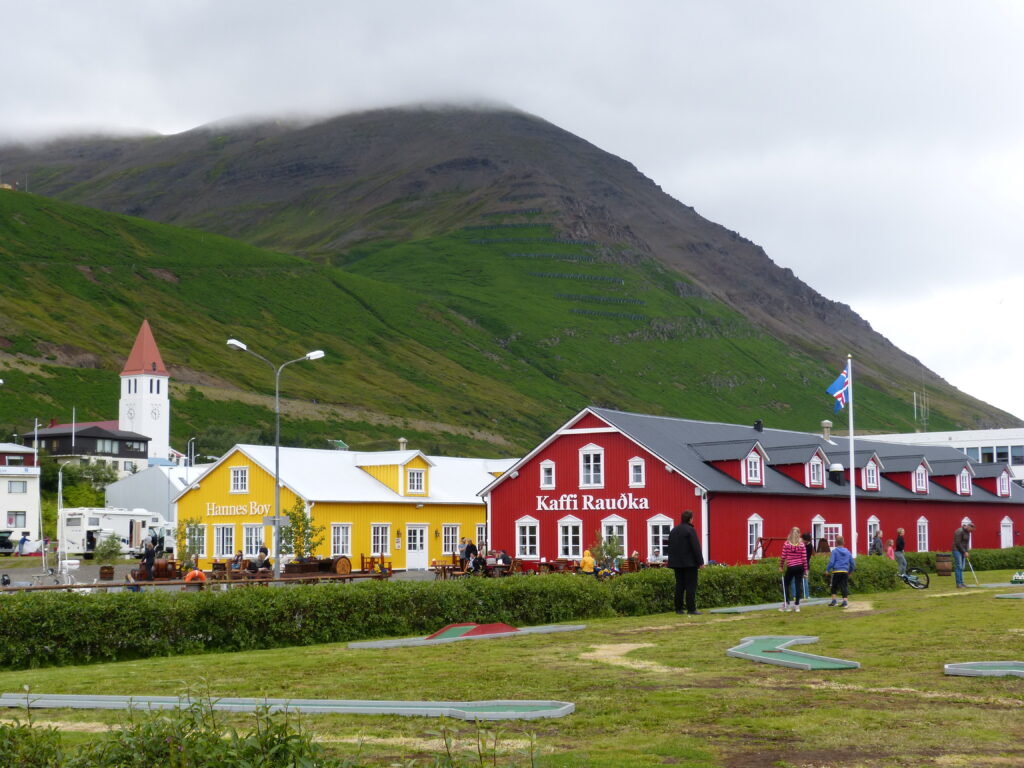
Remember that anything you eat that is not raised or produced in Iceland has been imported – Iceland is an island, after all – and the cost reflects that.
The seasons and the soil in Iceland do not support conventional agriculture farming. While you’re driving around the country you will not see, for instance, fields of corn or wheat so that’s all imported.
Salads can be a rare thing because of this.
Afterthoughts
Mrs. Tipples and I both want to make another trip to Iceland before we move back to the U.S., and we are even considering traveling there in the winter.
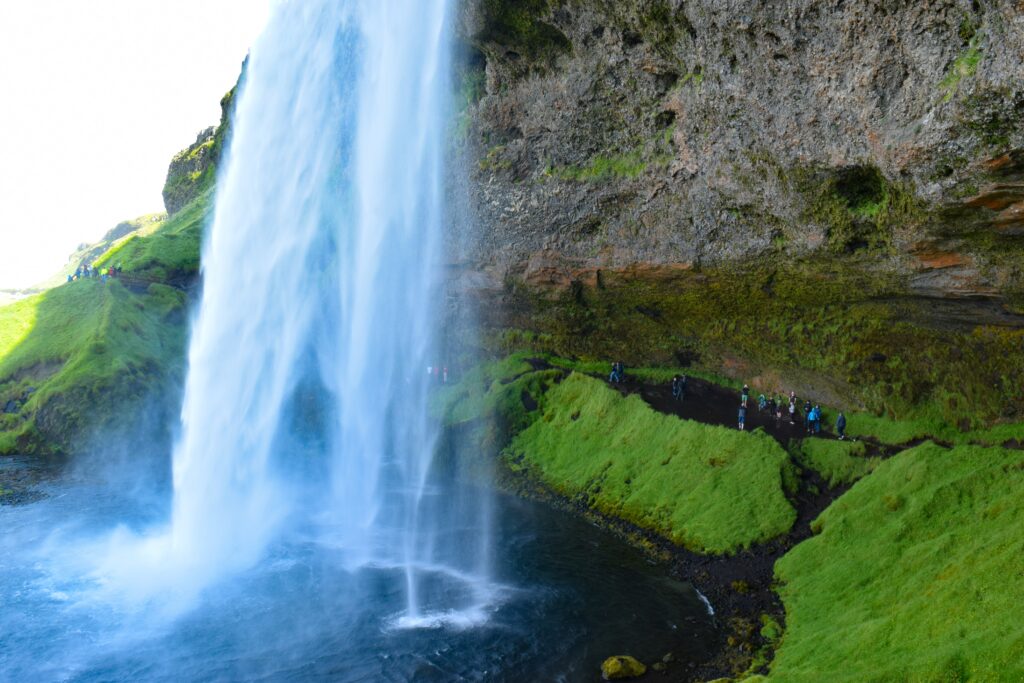
Also, because we had only eight days to make it around the country, we didn’t get to spend a lot of time in any one place. We definitely would like to return to explore, for example, the northwestern peninsula more in depth.
Having made some mistakes during our first trip to Iceland, I now know what not to do on future trips.
Please let us know if this post has helped you avoid some pitfalls and plan your own successful Icelandic adventure!

